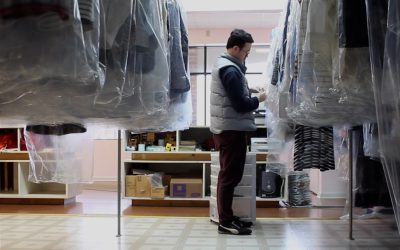How Social Media Changed the Way we Talk about Sexual Violence
By Mariam Durrani
Long before the #MeToo movement went viral, the phrase “me too” was first evoked in a face-to-face communication rather than digital communication.
In 1997, Tarana Burke, the movement’s founder, found herself sitting across from a 13-year-old girl who was telling a traumatic story about her sexual abuse. After the young girl narrated her experience, Burke responded, “Me too,” as a way to cooperatively acknowledge empathy without centering herself in the response. For Burke, this was the moment where the #MeToo campaign began, as a way for women and girls to share their trauma and for others to respond, “Me too.”
Linguistic anthropologists understand that effective communication is based on culturally shared understandings. When it comes to open conversations about sexual assault, we often do not have shared understandings of how to talk about sex-based violence. In the US, survivors have faced difficulties in being believed and getting justice. Every 98 seconds, someone is sexually assaulted in the United States. Many states continue to have extensive rape kit backlogs, or rape kits that have not been tested. As recently as 1993, spousal rape was ruled illegal in all 50 states. The power of Burke and others responding with “me too” pushes against the normative expectation that narratives of sexual violence are met with disbelief, denial or rejection. Instead, the two-word “me too” indexes believing the survivor, because the listener is also a survivor of sexual trauma.
Linguistic anthropologists understand that effective communication is based on culturally shared understandings. When it comes to open conversations about sexual assault, we often do not have shared understandings of how to talk about sex-based violence.
Social justice movements have adapted to the ubiquity of digital media in our everyday lives. In late 2017, the #MeToo movement emerged online after the Pulitzer Prize winning investigation reported that dozens of women accused film producer Harvey Weinstein of rape, sexual assault and sexual abuse over 30 years. As the media reacted to these accusations, actress Alyssa Milano tweeted a call for social media users to simply write “me too” in response to her tweet in order to get a “sense of the magnitude of the problem.” According to the Pew Research Center, #MeToo averages over 55,000 tweets a day, with more than 19 million tweets within the first year after Milano’s initial tweet. These numbers show how individual grief and sadness have transformed into righteous anger and solidarity: If we’re all going to feel this way, let’s feel it together.
However, reporting on the #MeToo movement has arguably been at odds with Burke and Milano’s intentions. Rather, the news media environment emphasizes newsworthiness and retweetability, rather than the actual crimes according to a report from the Women’s Media Center. Paradoxically, while the people who responded with “#MeToo” to the MeToo movement sought to bring attention to narratives of assault, media focus has been on the “movement” rather than the particular cases. It remains to be seen how the movement evolves in holding institutions responsible for bringing justice to survivors.
Read more about Mariam Durrani’s linguistic analysis of the #MeToo movement in her article “#MeToo, Believing Survivors, and Cooperative Digital Communication” in Anthropology News.
Mariam Durrani is an anthropologist, a teacher, a writer, a media-maker, a feminist and a committed advocate for social justice. She teaches anthropology at Hamilton College in New York State.



